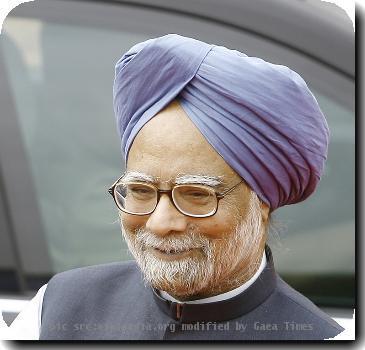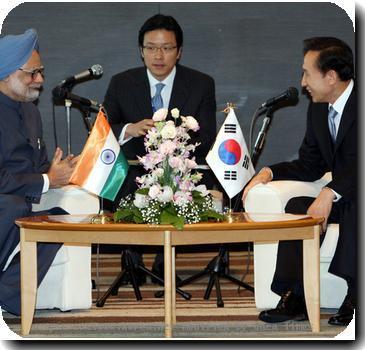Search for black boxes begins after Air India crash kills 158, 8 survive
By Aijaz Rahi, APSaturday, May 22, 2010
Hunt for clues after India crash kills 158; 8 live
MANGALORE, India — Investigators searching for clues as to what caused India’s worst air disaster in more than a decade recovered the cockpit voice recorder and flight data recorder Sunday from the charred remains of an Air India flight.
The crash Saturday of the Boeing 737-800, which overshot a hilltop runway in southern India and plunged over a cliff, killed 158 people. Only eight survived, many of them by jumping from the wreckage just before it burst into flames.
The Press Trust of India news agency reported that the black boxes were recovered by investigators sifting through twisted wreckage of the plane.
Investigators used cutters to search for the black boxes in the twisted wreckage of the aircraft, which was scattered along the hillside of thick grass and trees just outside Mangalore’s Bajpe airport.
A four-member U.S. forensic team also arrived in India to help in the investigation, said Harpreet Singh, an Air India spokeswoman. She refused to speculate on the cause of the crash.
Air India, the country’s national carrier, runs inexpensive flights under the Air India Express banner to Dubai and other Middle Eastern destinations where millions of Indians are employed.
May-June is the summer holiday season for the Indian expatriates to attend weddings and visit their families back home.
Dozens of crestfallen relatives arrived Sunday on Air India flights from Dubai and the southern Indian states of Karnataka and Kerala to take back home the bodies of their loved ones.
Arvind Jadhav, Air India chairman and managing director, said 146 of the 158 bodies have been identified and were being handed over to the relatives for funeral.
One of the victims was Mahendra Kulkarni, a telecommunications company director in the Emirates, who was flying back to India with his ailing mother-in-law after she had slipped into coma, their cousin Nandit Banawalikar told The Associated Press. He was accompanied in Mangalore by Kulkarni’s wife and two children.
Mohammed Siddiqui, 27, boarded the doomed flight in Dubai within hours of a telephone call from his family in Kerala informing him of his father’s sudden death.
He was rushing to attend the funeral on Saturday. Now his family was mourning his death as well, said Abdur Rehman, a friend who was taking his body home.
Another victim, Abdul Aziz, in his late 30s, was returning home after he lost his job in a Dubai-based catering company, said relative Abdul Majid.
“He was very concerned about his future because he had taken up this job only six months ago,” Majid told The AP.
Air India spokesman K. Swaminathan said that all eight survivors were still hospitalized Sunday.
After the first few minutes of the crash, there were no more survivors to be found. Instead, scores of burned bodies were pulled from the blackened tangle of aircraft cables, twisted metal, charred trees and mud at the crash site. Many of the dead were strapped into their seats, their bodies burned beyond recognition.
Ummer Farook Mohammed, a survivor burned on his face and hands, said it felt like a tire burst after the plane landed. “There was a loud bang, and the plane caught fire,” he said.
“The plane shook with vibrations and split into two,” G.K. Pradeep, another survivor, told CNN-IBN television. He jumped out of the aircraft with four others into a pit, he said. Moments later, a large explosion set off a blaze that consumed the wreckage, he said. It was not immediately clear if all the survivors escaped in the same way.
The crash was the deadliest in India since the November 1996 midair collision between a Saudi airliner and a Kazakh cargo plane near New Delhi that killed 349 people.
The crash happened about 6 a.m. when the plane tried to land at Bajpe, about 19 miles (30 kilometers) outside of Mangalore, and overshot the runway, said Srivastava, the official with the financially struggling Indian national carrier.
The Mangalore airport’s location, on a plateau surrounded by hills, made it difficult for the firefighters to reach the crash site, officials said. Aviation experts said Bajpe’s “tabletop” runway, which ends in a valley, makes a bad crash inevitable when a plane does not stop in time.
Associated Press writers Rafiq Maqbool in Mangalore, Ashok Sharma and Nirmala George in New Delhi, Slobodan Lekic in Brussels, Adam Schreck in Dubai and Dusan Stojanovic in Belgrade contributed to this report.
Tags: Accidents, Asia, Dubai, India, Mangalore, Manmohan Singh, Middle East, New Delhi, South Asia, Transportation, United Arab Emirates


